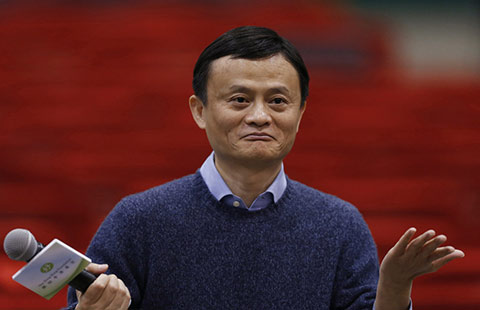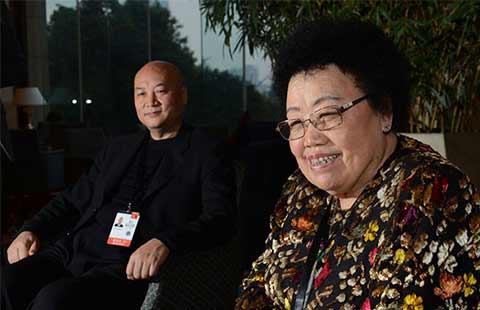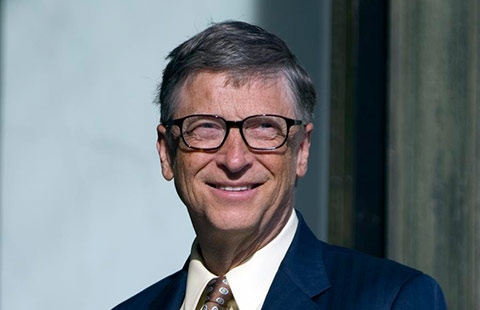Talk of stock market boom immature
By Hong Liang (China Daily) Updated: 2012-07-23 16:04
When the Hong Kong stock market, and everything else, so it seemed, was booming in the 1990s, there was a lone voice in the bubbly financial community prophesizing doom. Of course, we all know that Dr. Doom, a nickname he earned for his steadfastness, was eventually proven right, not in the early 1990s when he first sounded the warning, but in 1997 after the outbreak of the Asian financial crisis.
Any analyst worth his or her salt knows that in a cyclical market if you stick to one prediction, either of boom or bust, long enough, you will be vindicated in the end. In the investment market on the mainland, the predominant voices are those of the many Dr. Booms.
Never mind that the Shanghai bourse was one of the worst performers in the world over the past 18 months, we kept hearing predictions, purportedly supported by authoritative analysis of government policies and current economic data, of a turnaround month after month. But to the disappointment of the hundreds of thousands of individual investors, the "turnaround fairy" has stubbornly remained elusive.
A common theme often cited by Dr. Boom is that many mainland stocks are massively undervalued at current prices. Based on historic price to earnings ratio, the lead indicator should be somewhere in the region of 3,000 to 4,000 points, according to the more conservative optimists. Others say that the "correct" level should be above 5,000. The most widely followed Shanghai Composite Index has been lolling at levels below the so-called psychological barrier of 2,300 for weeks.
But they seem to have ignored the well-known fact that PE ratios are a reflection of investors' confidence rather than an absolute measurement of pricing. The average PE of the Tokyo stock market in the go-go years of the 1980s hovered at above 70. It was common for some blue-chip stocks to be traded at prices of more than 200 times their prospective per-share earnings. Nobody said that Japanese stocks were over-priced then.
We all know what happened after that. At an average PE of around 15 now, hardly anyone is complaining that Japanese stocks are under-valued.
There are fundamental differences between the Japanese economy at that time and the Chinese economy now. But to cite historical PE to predict a turnaround is logically incompatible. The turnaround fairy isn't going to show up unless her sister, the confidence fairy makes an appearance first.
The government is now taking positive steps to coax the confidence fairy out of her hiding. But the loosening monetary policy does not necessarily have a direct impact on the stock market, as the many Dr. Booms have predicted.
Because margin trading, the buying and selling of borrowed stocks, is prohibited, the mainland market is known to be relatively insensitive to lending rate adjustments. The central bank has cut lending rates twice since early June. But the mainland stock market has remained in the doldrums despite the avalanche of bullish forecasts from various stockbroking firms.
What's more, an increase in money stock and bank credit does not automatically result in an increased flow of liquidity into the equities market especially at a time when corporate earnings across nearly all sectors are widely expected to fall. Many listed companies, including airlines, retailers and manufacturers, have issued early warnings of profit decline in 2012.
The longer-term prospect for many enterprises remains clouded by sluggish exports and the slowdown in consumer spending. All those frantic talks about the bottoming out of the index seem to be immature.
Dr. Boom may have nothing to lose in talking up the market. He knows that he will eventually be proven right. But investors know better: timing is everything in stock and other investments.
- Mexico needs more integration with China: media
- Discerning drivers know time's right for a smart choice
- Independents look to tap potential of after-sales market
- FAW Group helps subsidiary avoid delisting on exchange
- Sales continue recovery in November
- China could maintain 6.5% growth rate in next five years: Economist
- China Mobile aims to reach 500 million 4G users in 2016
- China takes Internet approach towards economic reform

















